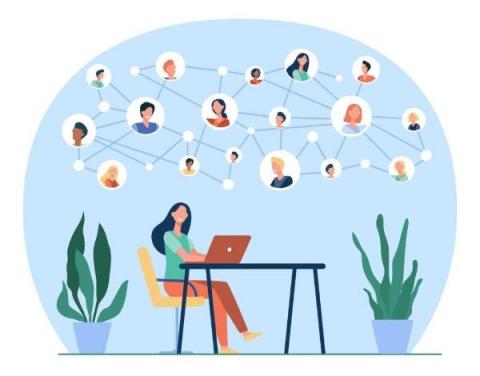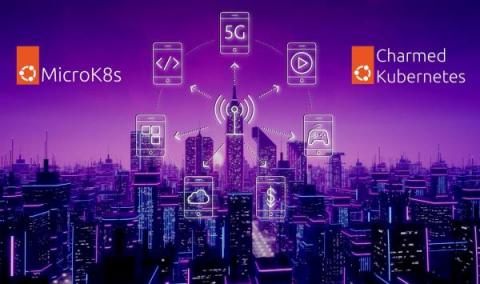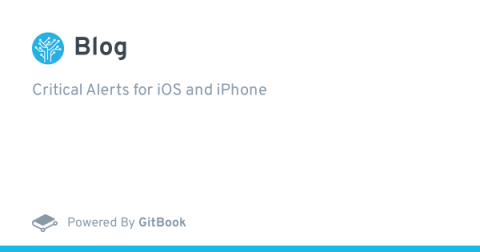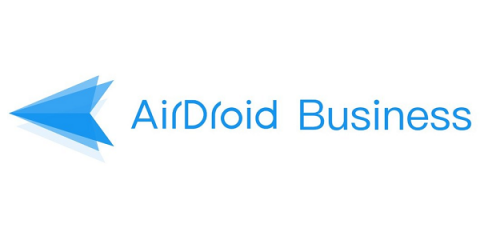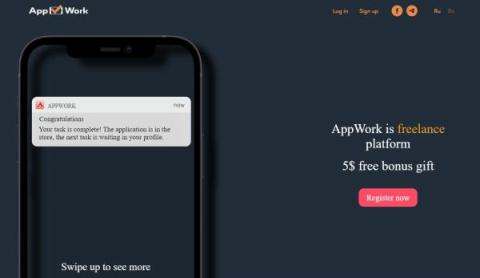Operations | Monitoring | ITSM | DevOps | Cloud
Latest News
6 ways to supercharge mobile app performance
With over 7 billion mobile users worldwide, there’s almost one device for every person on the planet. Not surprisingly, the most popular apps are dominated by social media, messaging and entertainment platforms. But consumers are also shopping and managing finances via mobile devices. And while most users are accustomed to waiting a few seconds for a web application response, mobile users are less forgiving and expect an instant reaction to their swipes and taps.
Best Practices for Remote Management
Would you believe us if we say that the term “remote management” was once a nightmare for conservative or old-school managers? No matter how much it seems to be hyped today, there was a time when remote management was considered a nightmare for several dated enterprise owners across the globe. After the massive COVID pandemic hit, the concept of remote working seems to have leveled up. Did we mention this is not going to be easy though?
Out with the Old, In with the New
As Mobile World Congress 2023 approaches, the latest technological advances in the telecom industry will take center stage. At the forefront of these advances are the innovations brought about by open-source technologies. At Canonical, we are leading the way in this space, with groundbreaking developments in OpenRAN automation and distributed compute management that outperform our competition.
Harnessing the potential of 5G with Kubernetes
5G is the fifth generation of wireless technology which is transforming the way we connect and communicate. With data transfer speeds up to 100 times faster than 4G, 5G technology enables faster download and upload times, lower latency and a higher number of connected devices. Additionally, 5G networks will support a wider range of frequencies, including high and low bands, which will ensure wider coverage and greater reliability.
Critical Alerts for iOS and iPhone
The PagerTree iOS (iPhone) app now supports Critical Alerts bypassing do not disturb and the mute switch! A new version of the PagerTree is available today that adds support for Apple's Critical Alerts.
5 Predictions for the Future of Remote IT Support
Remote IT support has become one of the most effective solutions in the globalization age. Setting aside the obvious practical reasons – different time zones, smaller wages in the developing countries, faster response time, and so on – we may say that it was an inevitable change. The new generation cares more about their wellbeing and comfort.
App Building And Market Research - How To Connect The Two?
AppWork: Absolutely legal platform for earning money
Beyond hybrid and remote: How MDM can support the rise of near-from-home working
Challenges & Solutions Now that the world is reopening again from the pandemic, many employees are reluctant to go back to the office, preferring the convenience of work-from-home. To retain these employees, many organizations are adopting a compromise: hybrid work. In this setup, employees go to the office a few days a week, then report virtually from home for the rest.




